Expert Tips and Tricks: Removing Broken Bolts from Engine Blocks

When working on an engine, one of the most frustrating and common issues that mechanics encounter is dealing with broken bolts. Whether it’s due to age, corrosion, or overtightening, broken bolts can bring a project to a screeching halt. However, with the right tools and techniques, removing broken bolts from engine blocks can be a manageable task.
1. Patience and Preparation: Before attempting to remove a broken bolt, it’s essential to prepare yourself mentally and gather the necessary tools. Take a few deep breaths and remind yourself that this is a common problem that can be solved. Gather a quality penetrating oil, a set of screw extractors, a drill, and a heat source such as a propane torch.
2. Apply Penetrating Oil: Begin by applying a generous amount of penetrating oil to the broken bolt. Give it some time to work its way into the threads and loosen any rust or dirt that may be holding it in place. Repeat this process a few times over the course of an hour or so to maximize the oil’s effectiveness.
3. Use Screw Extractors: If the penetrating oil doesn’t do the trick, it’s time to move on to screw extractors. Start by drilling a small hole in the center of the bolt using a drill bit that’s slightly smaller than the extractor you’ll be using. Insert the extractor into the hole and slowly turn it counterclockwise with a wrench, applying steady pressure. The extractor should “bite” into the bolt and allow you to remove it.
TIP: It’s crucial to use the correct size of extractor and drill bit for the bolt you’re working on to avoid damaging the engine block further.
4. Apply Heat: If the above methods still fail, heat can be a valuable ally. Use a propane torch to apply heat directly to the area surrounding the broken bolt. The expansion caused by the heat can help break up any remaining corrosion and make the bolt easier to extract. Be cautious not to overheat the surrounding engine block, as this can cause damage.
5. Seek Professional Help: Finally, if all else fails, don’t be afraid to reach out to a professional. Experienced mechanics have dealt with countless broken bolt situations and have the expertise and specialized tools to handle them effectively. Sometimes, the cost of calling in a professional is justified to avoid further damage or frustration.
Remember, removing broken bolts from engine blocks is a challenging task that requires patience, preparation, and the right techniques. Don’t get discouraged if the first method doesn’t work – try the next one until you find success. With the right approach, you’ll have that broken bolt out in no time and be able to get back to work on your engine!
The Importance of Removing Broken Bolts from Engine Blocks
When working on engine repairs and maintenance, dealing with broken bolts is a common challenge. Whether it be due to wear and tear, corrosion, or overtightening, broken bolts can cause significant issues if not addressed promptly and effectively. Here are several reasons why removing broken bolts from engine blocks is crucial:
1. Prevent Further Damage
Broken bolts can lead to further damage if left untreated. As the engine operates, vibrations and heat can cause the broken bolt to loosen even more, potentially damaging adjacent parts or creating leaks. This may result in decreased engine performance, oil leaks, coolant leaks, or loss of overall engine functionality.
2. Maintain Engine Integrity
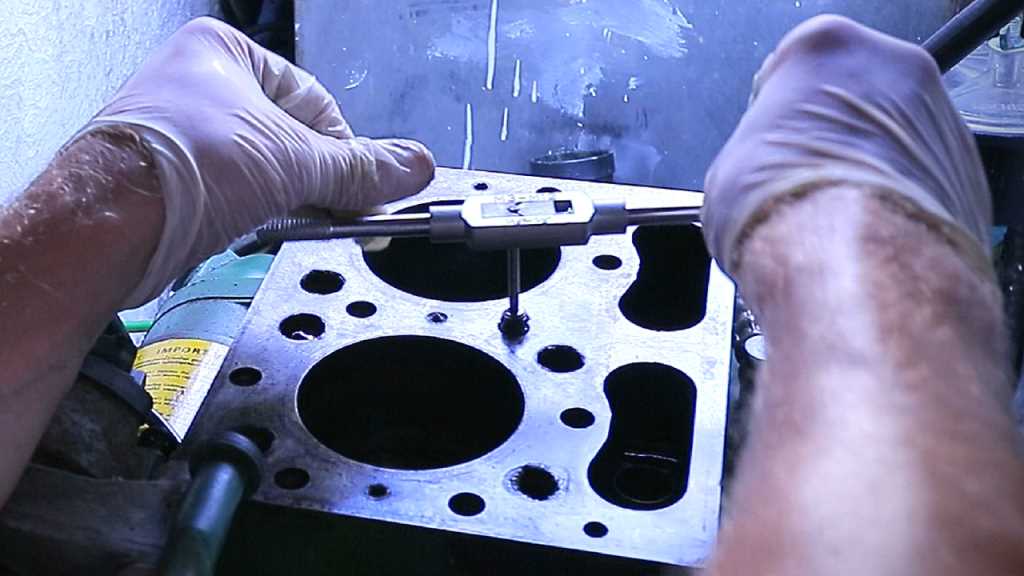
The engine block serves as the foundation of the engine, holding critical components like the pistons, crankshaft, and camshaft in place. When a bolt breaks, it compromises the structural integrity of the engine block. This can lead to misalignment of parts, knocking noises, and even catastrophic engine failure.
3. Ensure Proper Seal
Bolts are often used to secure gaskets and seals in place, ensuring a proper seal between engine components. A broken bolt can prevent the gaskets or seals from being securely tightened, leading to leaks and potential loss of fluids like oil or coolant. Removing the broken bolt allows for proper reinstallation of the gaskets and seals, ensuring a reliable seal for optimal engine performance.
4. Ease of Future Repairs
Leaving broken bolts in the engine block can create challenges and complications for future repairs or maintenance tasks. These broken bolts can impede access to certain areas or interfere with the installation of new components. By removing them promptly, you can make future repairs and maintenance much easier and less time-consuming.
5. Avoid Costly Repairs
If a broken bolt causes severe damage to the engine block or other components, the cost of repairs can skyrocket. Replacing an engine block or extensive repairs can be significantly more expensive than the time and effort invested in removing a broken bolt. Taking the necessary steps to remove broken bolts promptly can help avoid these costly repairs and save you money in the long run.
Removing broken bolts from engine blocks requires careful coordination, specialized tools, and expertise. If you are not confident in your abilities, it is recommended to seek the assistance of a professional mechanic or technician to ensure the bolts are safely and effectively removed.
Assessing the Situation
Before attempting to remove a broken bolt from an engine block, it is important to assess the situation to ensure the best approach is taken. Here are some steps to follow when assessing the situation:
1. Identify the Broken Bolt
Locate the broken bolt and determine its size and type. This information will be useful when selecting the appropriate tools for removal.
2. Check Surrounding Components
Inspect the surrounding components to see if there are any obstructions or sensitive parts that may need to be protected or removed before attempting the bolt removal. It is important to avoid causing any damage to the engine block or other components.
3. Evaluate Access
Determine the accessibility of the broken bolt. Consider the available space, clearance, and any obstacles that may hinder the removal process. If access is limited, additional steps may be required, such as removing other parts or using specialized tools.
4. Determine the Level of Breakage
Distinguish the level of breakage, whether the bolt is partially or completely broken off. This will help you determine the best approach for removal. Partially broken bolts may be easier to extract compared to those that are completely sheared off.
5. Assess Bolt Condition
Inspect the condition of the broken bolt. Determine if it is corroded, rusted, or damaged. This information will help you determine the best methods for removing the bolt and the type of lubricants or solvents to use.
6. Gather the Necessary Tools and Materials
Based on the assessment of the situation, gather all the required tools and materials for the bolt removal process. This may include a wrench, socket set, drill, extractors, penetrating oil, heat source, safety glasses, and gloves.
By thoroughly assessing the situation and following these steps, you can approach the broken bolt removal process with a clear plan and increase the chances of a successful removal without causing further damage to the engine block.
Identifying the Broken Bolt and Assessing its Severity
When dealing with a broken bolt in an engine block, the first step is to identify the location and assess the severity of the situation. Here are some tips to help you successfully navigate this process:
- Locate the broken bolt: Carefully inspect the engine block to find the broken bolt. Look for any signs of damage, such as metal fragments or a noticeable gap.
- Determine the severity of the break: Depending on the severity of the broken bolt, different methods may be required for removal. Assess if the bolt is partially or completely broken, as this will impact your approach.
- Inspect the surrounding area: Examine the surrounding area to determine if there are any additional complications. Look for signs of corrosion, thread damage, or any other factors that may affect the removal process.
- Identify the type of bolt: Determine the type of bolt that is broken, as this will help you choose the most effective removal method. Bolts can vary in size, material, and thread type, so it’s important to have this information on hand.
- Assess the accessibility: Consider the accessibility of the broken bolt. Is it in a hard-to-reach area, or can you easily access it with tools? Accessibility will factor into your decision on which method to use for removal.
By following these steps, you can properly identify the broken bolt and assess its severity, allowing you to choose the most appropriate method for extraction. Remember to take your time and proceed with caution to avoid causing further damage to the engine block.
Tools and Equipment
- Socket wrench set
- Breaker bar
- Impact wrench
- Drill bits
- Easy Outs/screw extractors
- Center punch
- Hammer
- Chisel
- Heat gun
- Penetrating oil
- Thread chaser
- Tap and die set
- Thread locker
When it comes to removing broken bolts from engine blocks, having the right tools and equipment is crucial. Here is a list of tools and equipment that can help make the bolt removal process easier and more efficient:
- Socket wrench set: A socket wrench set with various sizes of sockets is essential for removing bolts.
- Breaker bar: A breaker bar can provide extra leverage when trying to loosen tight bolts.
- Impact wrench: An impact wrench is a powerful tool that can quickly remove stubborn bolts.
- Drill bits: Drill bits can be used to drill into the broken bolt for easier extraction.
- Easy Outs/screw extractors: Easy Outs, also known as screw extractors, are specifically designed to remove broken bolts.
- Center punch: A center punch can be used to create a small indentation on the broken bolt, making it easier to drill into.
- Hammer: A hammer can be used to tap the center punch or chisel to help remove the broken bolt.
- Chisel: A chisel can be used to create a groove in the broken bolt, allowing for easier removal.
- Heat gun: Heating the area around the broken bolt can help loosen it, making it easier to remove.
- Penetrating oil: Penetrating oil can be applied to the broken bolt to help loosen it and reduce friction.
- Thread chaser: A thread chaser can be used to clean out the threads in the engine block after removing the broken bolt.
- Tap and die set: A tap and die set can be used to repair damaged or stripped threads in the engine block.
- Thread locker: Applying thread locker to the new bolt can help prevent it from loosening over time.
Having these tools and equipment readily available will ensure that you have everything you need to successfully remove broken bolts from engine blocks.
Essential Tools and Equipment Needed for Bolt Removal
When it comes to removing broken bolts from engine blocks, having the right tools and equipment is essential. Here are some of the essential items you will need:
1. Bolt Extractor Set
A bolt extractor set is a must-have tool for removing broken bolts. These sets typically include a variety of extractors in different sizes to fit bolts of various diameters. Make sure to choose a set with a range that covers the sizes you are likely to encounter.
2. Drill and Drill Bits
If the broken bolt is stuck and cannot be removed with a simple extractor, drilling may be necessary. A drill with a good grip and variable speed control is ideal for this task. Additionally, make sure to have a set of drill bits that are suitable for metal, such as cobalt or titanium bits.
3. Tap and Die Set
In some cases, you may need to tap new threads in the hole left by the broken bolt. A tap and die set can help you achieve this. Make sure to choose a set that matches the thread size of the bolt you are working with.
4. Thread Restorer
If the threads in the hole are damaged or worn, a thread restorer can be used to clean and repair them. Thread restorers come in different sizes and types, so choose one that matches the thread size you are working with.
5. Penetrating Oil
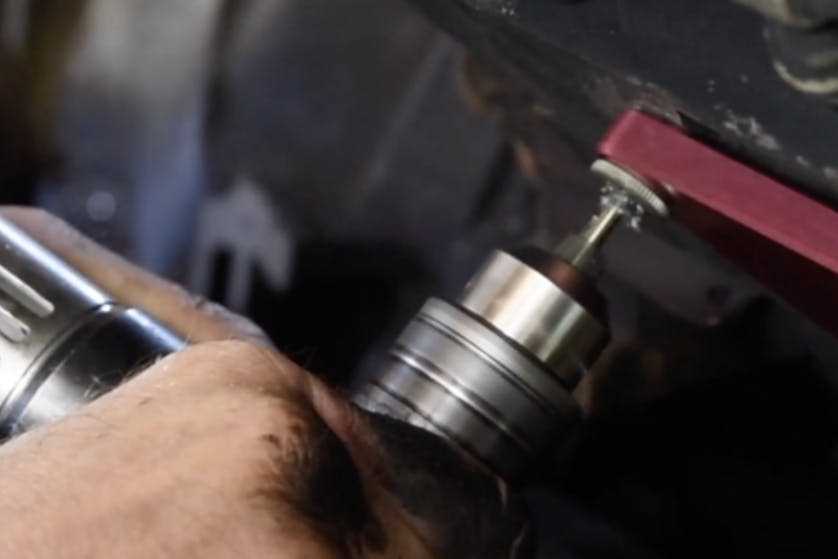
When dealing with stubborn bolts, a good quality penetrating oil can work wonders. Apply the oil generously to the bolt and let it sit for some time to loosen the rust or corrosion that may be causing the bolt to stick.
6. Safety Gear
Don’t forget to prioritize safety when working with broken bolts. Wear safety goggles to protect your eyes from flying debris and gloves to protect your hands. Additionally, it’s a good idea to have a fire extinguisher nearby in case of accidental sparks or flames.
7. Vice-Grips
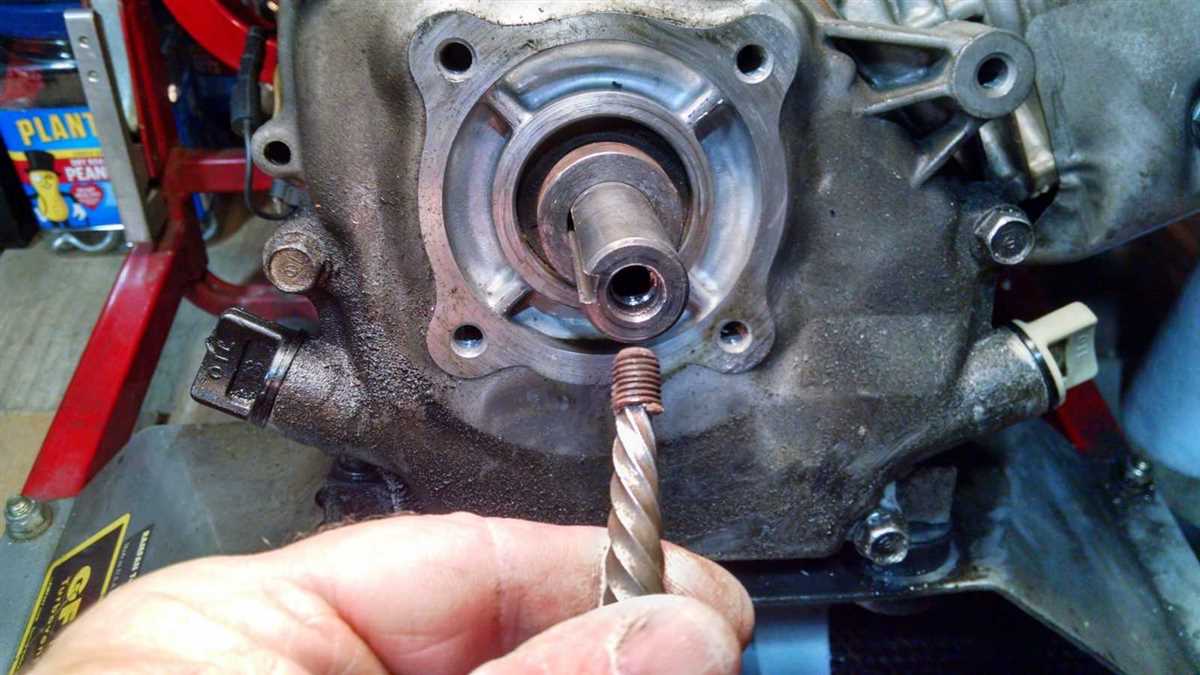
Vice-grips are a versatile tool that can come in handy when dealing with broken bolts. They can provide a firm grip on the bolt head or shank, making it easier to turn and extract. Make sure to choose a size that fits comfortably in your hand and has a strong grip.
8. Heat Source
In some cases, applying heat to the area around the broken bolt can help loosen it. A heat source such as a propane torch or heat gun can be used for this purpose. It’s important to exercise caution when using heat and ensure that flammable materials are kept at a safe distance.
9. Hammer and Chisel
If the broken bolt is recessed or flush with the surface, a hammer and chisel can be used to create a small indentation or groove that will provide a starting point for drilling or extracting. Choose a hammer that is comfortable to hold and a chisel that is sharp and sturdy.
10. Magnetic Pickup Tool
A magnetic pickup tool can be handy for retrieving broken bolt fragments or other small metal objects that may fall into crevices or hard-to-reach areas. Make sure to choose a tool with a strong magnet and a telescoping handle for better reach.
Having these essential tools and equipment in your arsenal will greatly increase your chances of successfully removing broken bolts from engine blocks. Remember to take your time, follow safety precautions, and consult a professional if you encounter any difficulties.
Safety Precautions
- Always wear safety goggles or a face shield to protect your eyes from flying debris.
- Use heavy-duty gloves to protect your hands from sharp edges and heat.
- Wear ear protection to prevent hearing damage from loud noises.
- Make sure the engine is completely cooled down before attempting to remove any bolts.
- Ensure you are in a well-ventilated area or wear a mask to avoid inhaling fumes and dust.
- Use proper lifting techniques and equipment to avoid strain or injury.
- Keep a fire extinguisher nearby in case of any accidental fires.
- Never work alone when removing broken bolts; always have a buddy to assist you if needed.
- Take your time and be patient; rushing can lead to mistakes and accidents.
- Follow the manufacturer’s instructions for any tools or products you are using.
By following these safety precautions, you can ensure a safer and more successful experience when removing broken bolts from engine blocks.
Important Safety Tips to Follow During Bolt Removal
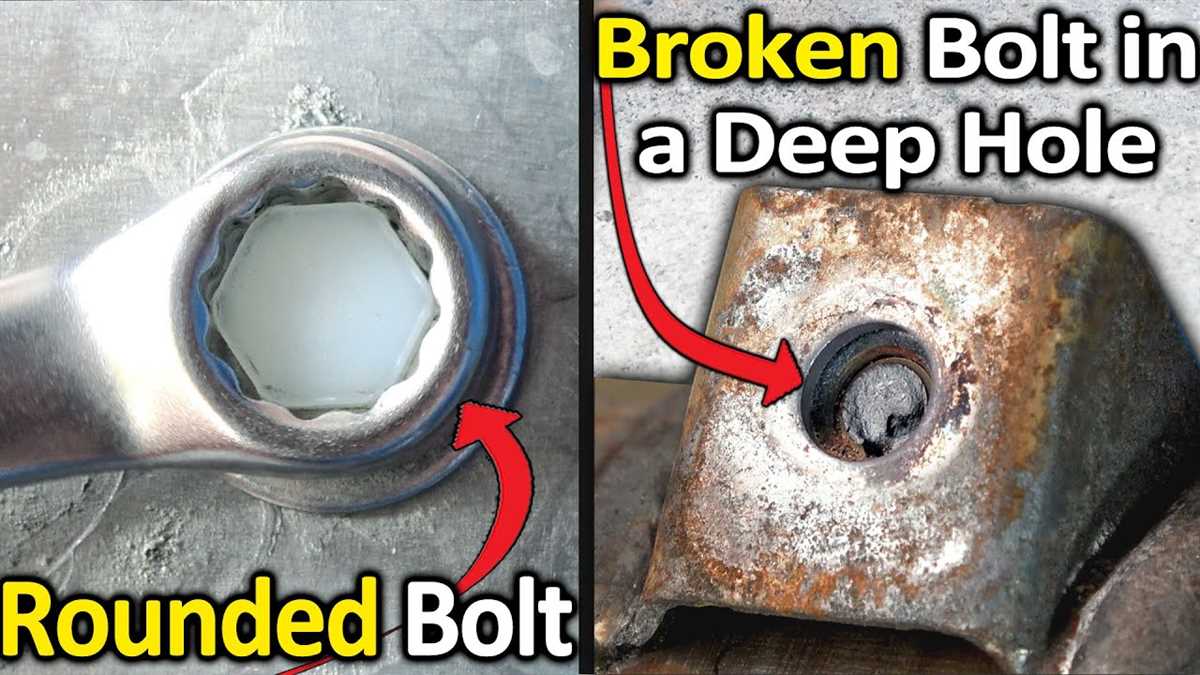
- Always wear protective gear such as gloves, safety glasses, and hearing protection to prevent injury.
- Ensure that the engine is cooled down before attempting to remove any bolts to avoid burns.
- Make sure the area is well-lit and free from clutter to reduce the risk of accidents.
- Before starting, inspect the bolt and surrounding areas for any signs of damage or corrosion.
- Use the appropriate tools and equipment for the job, such as a wrench or socket set, to avoid damaging the bolt or engine block.
- Apply penetrating oil to the bolt if it is stuck, allowing it to loosen over time.
- Do not force the bolt if it is not budging; instead, try alternative methods or seek professional assistance.
- When using heat to remove a bolt, use caution and avoid direct contact with flammable materials like fuel lines or wiring.
- Take breaks as needed to prevent fatigue, which can lead to accidents or mistakes.
- If working with others, communicate clearly and coordinate actions to ensure everyone’s safety.
- Once the bolt is removed, inspect the engine block for any damage and assess if repairs are necessary before reassembly.
Preparing the Bolt
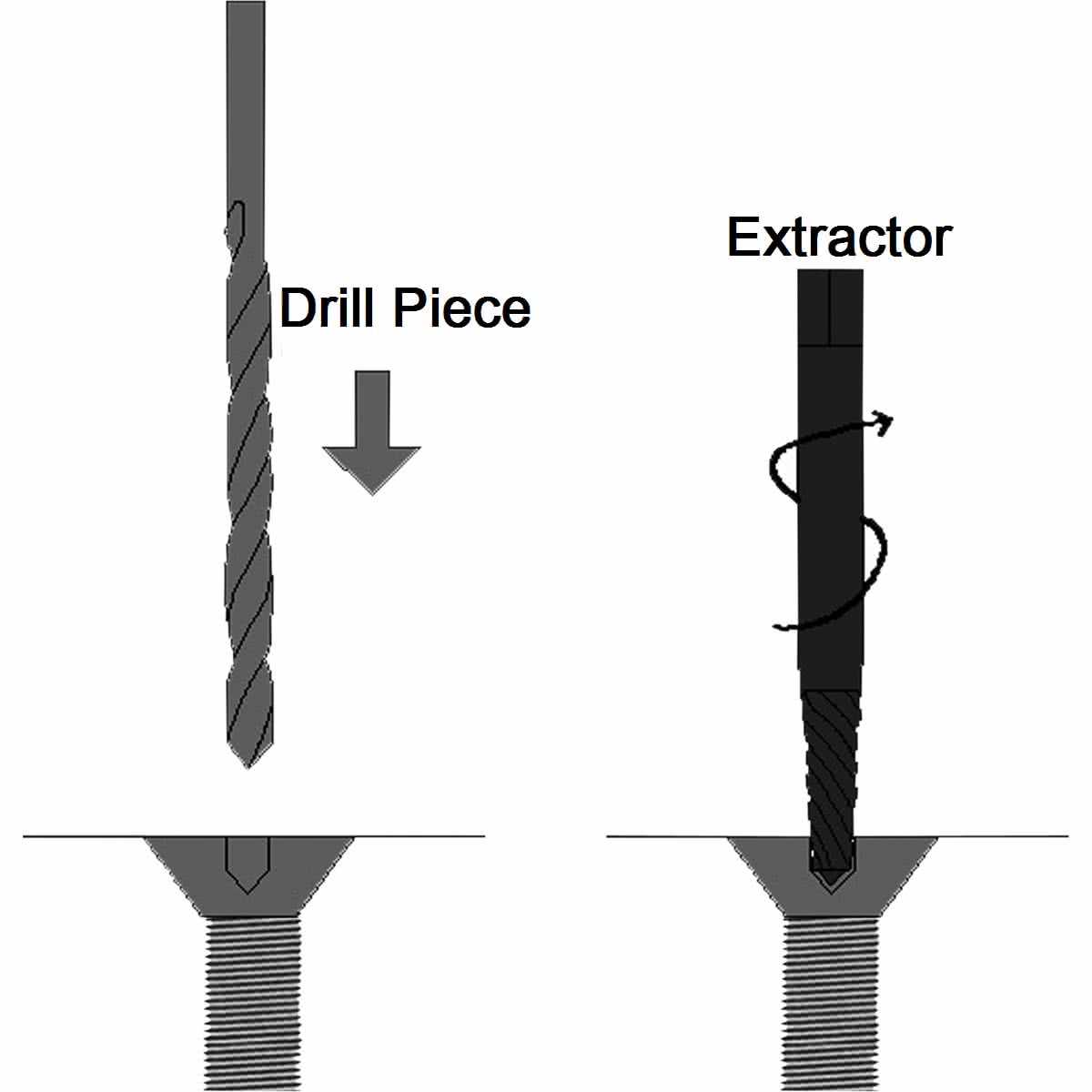
Before attempting to remove a broken bolt from an engine block, it’s important to prepare the bolt and the surrounding area. This will help ensure a successful extraction process and minimize the risk of causing further damage.
Gather the Necessary Tools
Start by gathering all the necessary tools and materials for the task. This may include:
- Socket wrench set
- Extractor set
- Drill bits
- Center punch
- Hammer
- Penetrating oil
- Safety goggles
- Gloves
Inspect the Surrounding Area
Before attempting any extraction methods, thoroughly inspect the surrounding area of the broken bolt. Look for any signs of corrosion, rust, or other damage that may hinder the extraction process. It’s important to address these issues before proceeding.
Apply Penetrating Oil
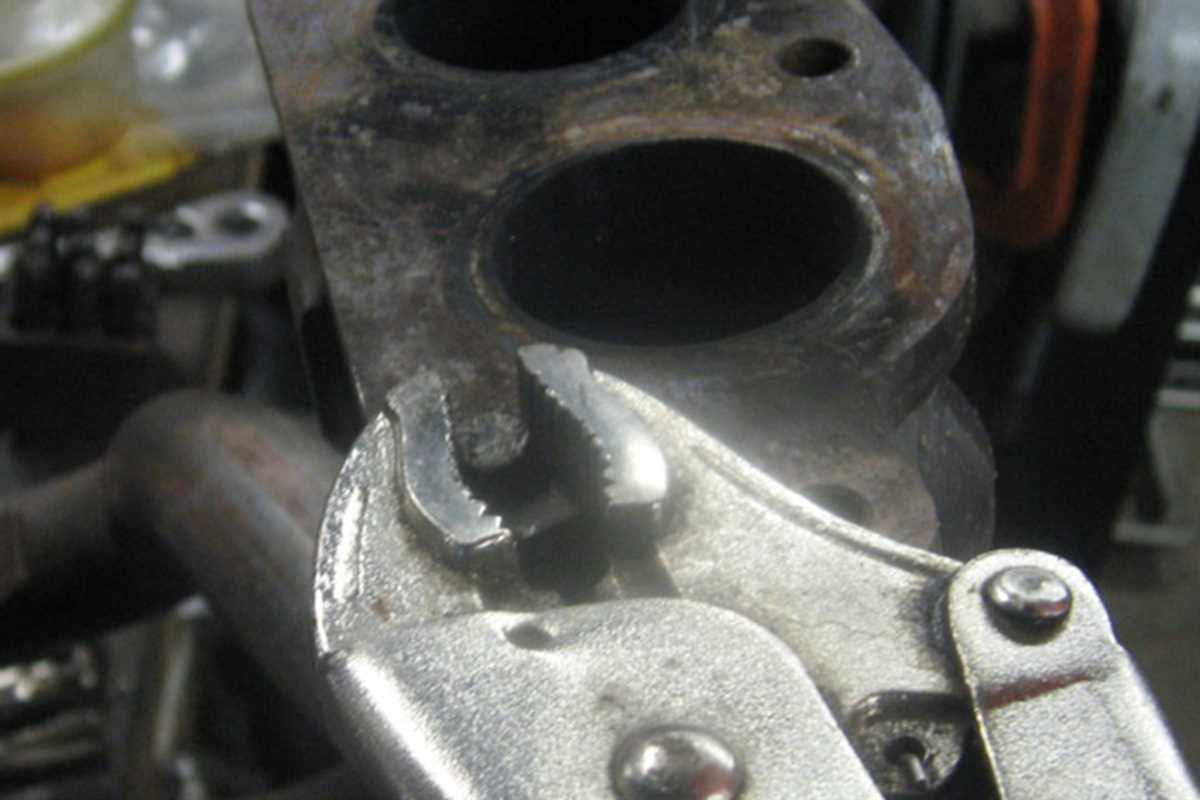
Using a penetrating oil, generously apply it to the broken bolt. This will help loosen any rust or debris that may be causing it to stick. Allow the oil to penetrate for a few minutes before proceeding.
Use a Center Punch
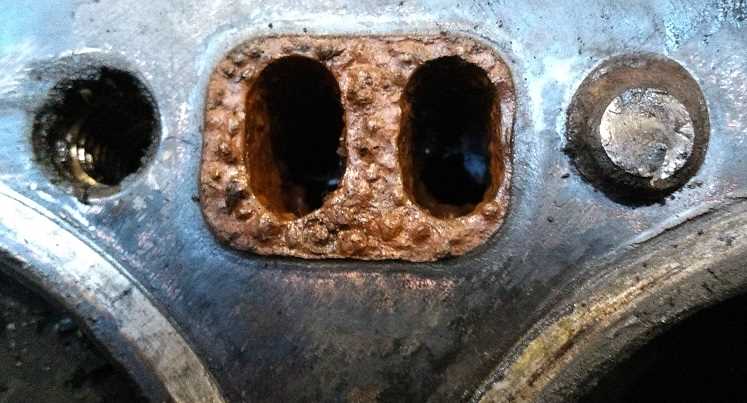
With a center punch and a hammer, create a small indentation in the center of the broken bolt. This will serve as a guide for drilling later on.
Wear Protective Gear
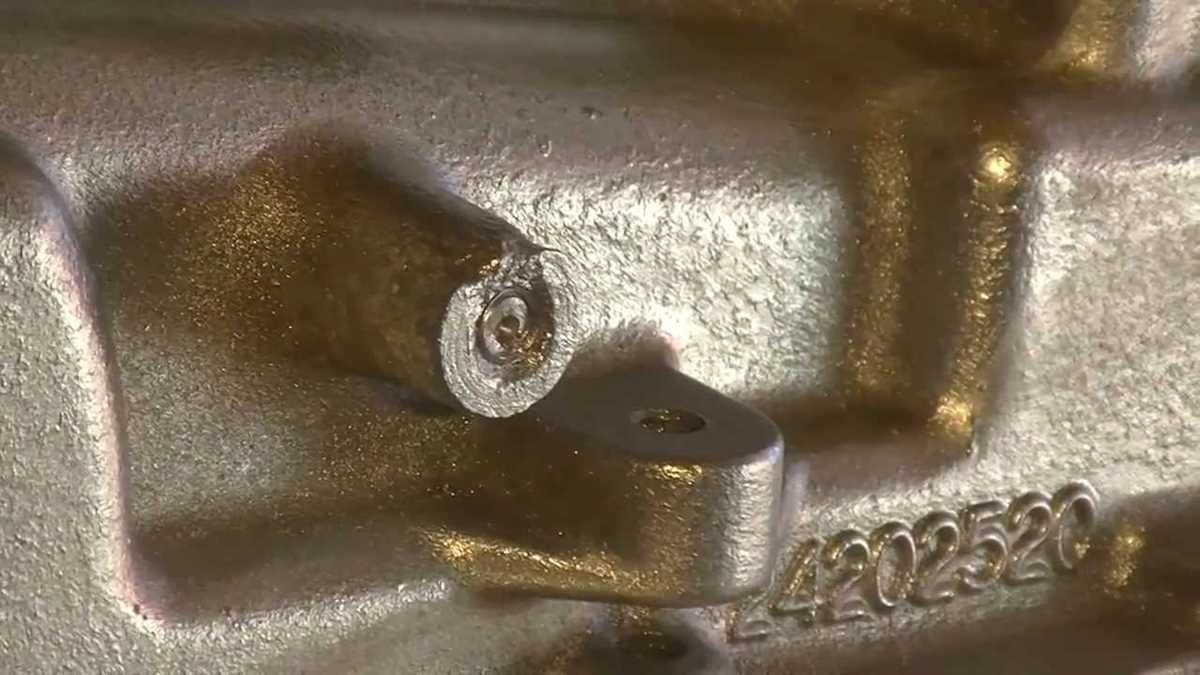
Before starting the extraction process, make sure to wear safety goggles and gloves to protect yourself from any flying debris or potential injury.
Steps to Prepare the Broken Bolt for Removal
- 1. Assess the situation: Before attempting to remove the broken bolt, evaluate the size of the bolt, the material it is made of, and the surrounding area to determine the best approach.
- 2. Gather the necessary tools: Ensure you have the appropriate tools for the job, such as a wrench, ratchet, drill, extractor set, penetrating oil, and safety equipment.
- 3. Apply penetrating oil: Use a penetrating oil on the broken bolt to help loosen it. Give the oil time to work its way into the threads by letting it sit for several minutes or hours, depending on the severity of the situation.
- 4. Tap the bolt: If the bolt has some exposed threads, gently tap it with a hammer or screwdriver. This can help break up any corrosion or rust and make it easier to remove.
- 5. Use heat: If the bolt is still stuck, applying heat can expand the metal and break the bond. Use a blowtorch or heat gun to heat the surrounding area of the bolt, being careful not to overheat or damage the surrounding parts.
- 6. Use an extractor: If traditional methods fail, an extractor set can be used to remove the broken bolt. Carefully drill into the center of the bolt, following the instructions provided with the extractor set, and then use the extractor to pull the bolt out in reverse.
- 7. Clean the area: Once the broken bolt is removed, thoroughly clean the surrounding area to remove any debris or oil. This will help prevent future issues and ensure a secure fit when replacing the bolt.
- 8. Secure replacement bolt: If necessary, obtain a replacement bolt that matches the size and specifications of the one that was removed. Make sure it is properly secured and tightened in place.
Applying Penetrating Oil
Applying a good quality penetrating oil can help loosen rusted or stuck bolts. Penetrating oil works by seeping into the threads and lubricating them, making it easier to remove the bolt.
Here are some tips for applying penetrating oil:
- Select a high-quality penetrating oil: Look for a penetrating oil that is specifically designed to loosen rusted and stuck bolts. These oils usually contain a mix of lubricating agents and rust dissolvers.
- Apply the oil generously: Spray or pour the penetrating oil directly onto the bolt and let it soak for several minutes. Make sure to apply enough oil to completely saturate the bolt and the surrounding area.
- Repeat the application: If the bolt is particularly stubborn or heavily rusted, you may need to apply the penetrating oil multiple times. Reapply the oil after a few minutes to allow it to continue working on the rust.
- Give the oil time to work: After applying the penetrating oil, give it some time to work. Let it sit for at least 15-30 minutes to allow the oil to penetrate and loosen the rust. This waiting period is crucial for the oil to effectively break down the rust.
- Use a heat source: For extremely stubborn bolts, you can heat the surrounding area with a heat gun or torch. The heat will help to expand the metal and break the rust bond. Be careful not to overheat the area, as it can damage the engine block.
Remember to follow the instructions on the penetrating oil packaging for the best results. Applying penetrating oil can significantly increase your chances of successfully removing broken bolts from engine blocks.
Disclaimer: Always use caution when working with penetrating oil and heat sources. Follow proper safety guidelines and consult a professional if you are unsure or inexperienced in removing broken bolts.
FAQ:
What are some common methods for removing broken bolts from engine blocks?
Some common methods for removing broken bolts from engine blocks include using heat, penetrating oil, left-handed drill bits, easy outs, and welding.
How do I use heat to remove a broken bolt from an engine block?
To use heat to remove a broken bolt from an engine block, you can heat the area around the bolt with a torch until it expands. This can help loosen the bolt so that it can be easily removed.
What is penetrating oil and how can it help remove a broken bolt?
Penetrating oil is a lubricant that can seep into tight spaces and help loosen seized or rusted parts. When applied to a broken bolt, penetrating oil can help dissolve rust and allow for easier removal.
What are left-handed drill bits and how can they assist in removing broken bolts?
Left-handed drill bits are designed to rotate in the opposite direction of a standard drill bit. By drilling into the broken bolt with a left-handed drill bit, the rotation can help to loosen the bolt and facilitate its removal.
What are easy outs and how do they work for removing broken bolts?
Easy outs, also known as screw extractors, are tools that can be used to grip onto the broken bolt and provide torque to remove it. They are typically designed with reverse threads, so as the easy out is turned clockwise, it digs into the bolt and helps to loosen it.
Can welding be used to remove a broken bolt from an engine block?
Yes, welding can be used to remove a broken bolt from an engine block. By welding a nut onto the broken bolt, the heat and subsequent contraction of the metal can help loosen the bolt, allowing it to be easily removed.
Video:











